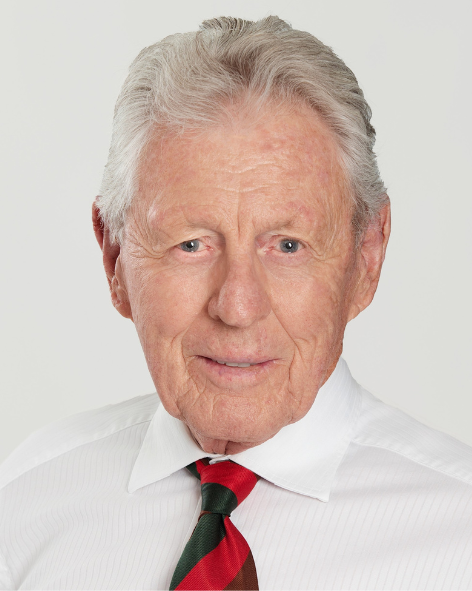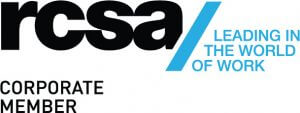
Colin’s Corner – March 2023- Burned Out Employees Declining, But Numbers Remain High – CD
Colin’s Corner
Burned Out Employees Declining, But Numbers Remain High
By Colin Toll

This month I have elected to republish an interesting paper from Eagle Hill Consulting, a US firm. It is about “burn out “of employees. This subject seems to be a flavour of the month, or perhaps year, and hence my interest.
Burned out employees declining, but numbers remain high
Survey respondents tell businesses how they can address the problem
By Dexter Tilo
Despite figures being on a downward trend, nearly half of employees across the United States say they’re still suffering from burnout, according to a new report.
Findings from Eagle Hill Consulting’s survey revealed that 46% are ‘burning out” in their current roles, with younger workers (51%) and women (48%) reporting higher levels of tension.
The latest data indicates a slight drop from the 49% recorded in August 2022, and much lower than the 58% reported in August 2020, according to the report.
Still, that’s no reason for employers to become complacent in addressing employee burnout, according to Melissa Jezior, president and chief executive officer of Eagle Hill Consulting.
“Nearly half of the workforce reports burnout, and that is far too high for organizations that seek optimal performance and retention of their top talent,” Jezior said. Jezior warned that tired and stressed employees could end up looking for another job, data backed up by the study which found that 30% are planning to switch employers in the next 12 months.
Top causes of burnout
When asked what their reasons are for being burned out, the respondents cited the following factors:
- Workload (53%)
- Staff shortages (44%)
- Juggling personal and professional lives (41%)
- Lack of communication and support (39%)
- Time pressure (38%)
Employers should also recognise that recent layoff announcements could “trigger an uptick in burnout”, according to Jezior.
“We know that staffing shortages have been a major source of worker burnout. In fact, we asked employees how staff shortages impact their workload, and 83% of workers said it’s covering the workload for un-filled positions,” she said.
Other effects of staff shortages on workloads include helping others learn their jobs (37%), training new hires (39%), and recruiting and interviewing new hires (28%).
What can employers do?
To address the problem of burnout, having more control on time emerged. As the common theme among the top answers of the respondents, which included:
- Four-day work week (71%)
- Increased flexibility (66%)
- Decreased workload (65%)
- Better health and wellness benefits (60%)
- Working from home (58%)
- Reduced administrative burdens (55%)
- More on-site amenities (51%)
- Ability to relocate or work from multiple locations (41%)
The climbing burnout figures are attributed to the increased workloads placed on Australians’ shoulders as 24% said they had taken more responsibilities in their jobs, and 32% feel overwhelmed about the amount of work they need to carry out.
“This is a big challenge for employers as burnt-out workers are not productive workers,” commented Danny Lessem, chief executive officer of ELMO Software.
The high burnout rates come as less Australians believe that the economy is “secure” – a finding that the CEO said could also be contributing to the high burnout rate.
According to the study, only 15% of Australian workers still believe the economy is secure, down from the 20% in fourth quarter of 2021, and 30% in the prior comparable period of the first quarter.
Their concern on the economy seems rooted on the ongoing global conflict, with 78% citing this as reason for decline in economic security.
Their concern on the economy also trickles down to how they feel about their jobs, with 44% of employees concerned that the global conflict will have a negative impact on job security.
“Working Australians feel the economy is less secure now than they did a year ago. Workers need to feel the economy is secure if they are going to spend their money instead of saving it away for a rainy day,” said Lessem.
“This poor perceived economic security may be contributing to the burn out rate climbing to 46% of workers from just 34% a year prior,” added the executive.




